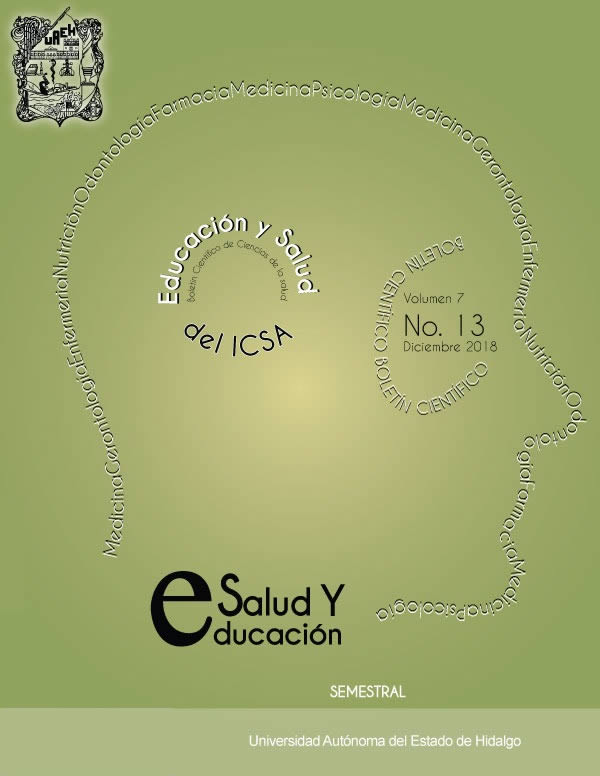Plan de cuidados de enfermería de paciente con atresia de esofago (ae)
DOI:
https://doi.org/10.29057/icsa.v7i13.3460Palabras clave:
Atresia, Trastorno congénito, Fistula traqueo esofágica, Enfermería, CuidadosResumen
La atresia de esófago es un defecto congénito relativamente común de etiología desconocida, que consiste en una falta de continuidad del esófago con o sin comunicación a la vía aérea; se presenta en 1 de cada 2,500 a 4,500 nacidos vivos. Si el paciente no recibe tratamiento médico-quirúrgico, este defecto puede llevarlo a la muerte.
Entre 50-60% de los pacientes presentan anomalías asociadas a la atresia de esófago, ubicándose a nivel del tracto urinario, digestivo, cardiaco y musculoesquelético.
La atresia de esófago es, tal vez, una de las patologías quirúrgicas clásicas de la cirugía pediátrica que ha tenido un desarrollo muy importante en los últimos años en relación con la supervivencia gracias a los cuidados especializados que se otorgan en las unidades de cuidados intensivos neonatales, a la nutrición parenteral, así como al perfeccionamiento de las técnicas anestésicas y quirúrgicas. Actualmente, la mortalidad por atresia de esófago es un indicador de la calidad de atención en las unidades de cuidados intensivos neonatales.
Después de la cirugía, en general, el pronóstico es bueno ya que la mortalidad es baja en ausencia de otras malformaciones asociadas. En este artículo se sintetizan los aspectos generales que deben brindarse a todo recién nacido en el que se sospeche de atresia esofágica y la importancia del manejo multidisciplinario para lograr los mejores resultados en este grupo de pacientes.
Descargas
Información de Publicación
Perfiles de revisores N/D
Declaraciones del autor
Indexado en
- Sociedad académica
- N/D
Citas
[2] Cervantes L, Montoya. Atresia de Esofago Tratamiento Clínico 2003; 6 (1): 2-8. -.paho.org. (2017).Atresia de Esófago. [Online] Available at: f http://www.slidesearchengine.com/slide/atresia-de-esofago-cuidados-de-enfermeria
[3]Gupta A, Guglani B. Imagin of congenital anoalies of the gastrointestinal tract. Indian J Pediatr 2005 May; 72 (5):403-14
[4] Martinez Ferro Marcelo, Neonatologia quirúrgica, Editorial Grupo Guian, Argentina, noviembre 2004



















